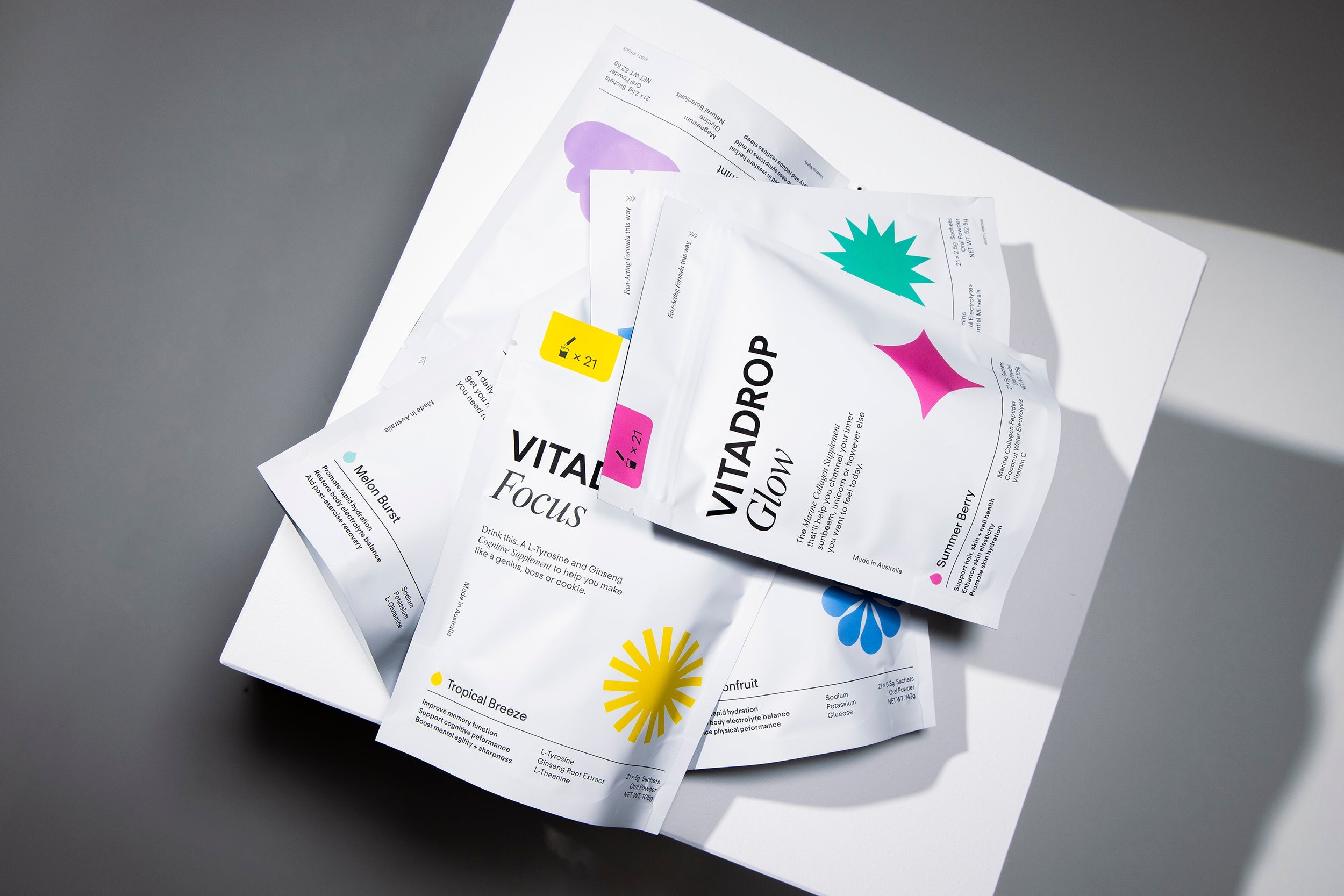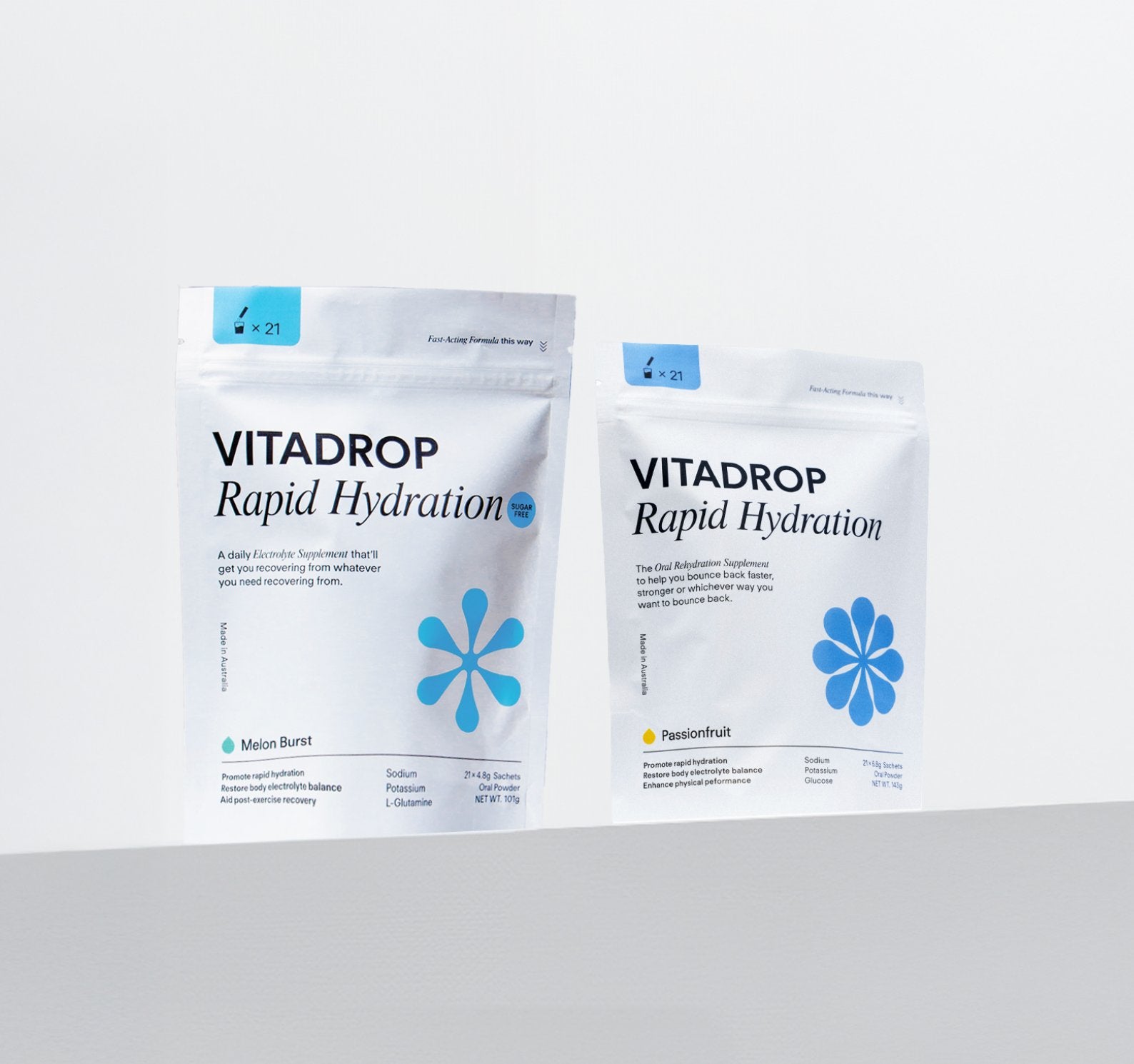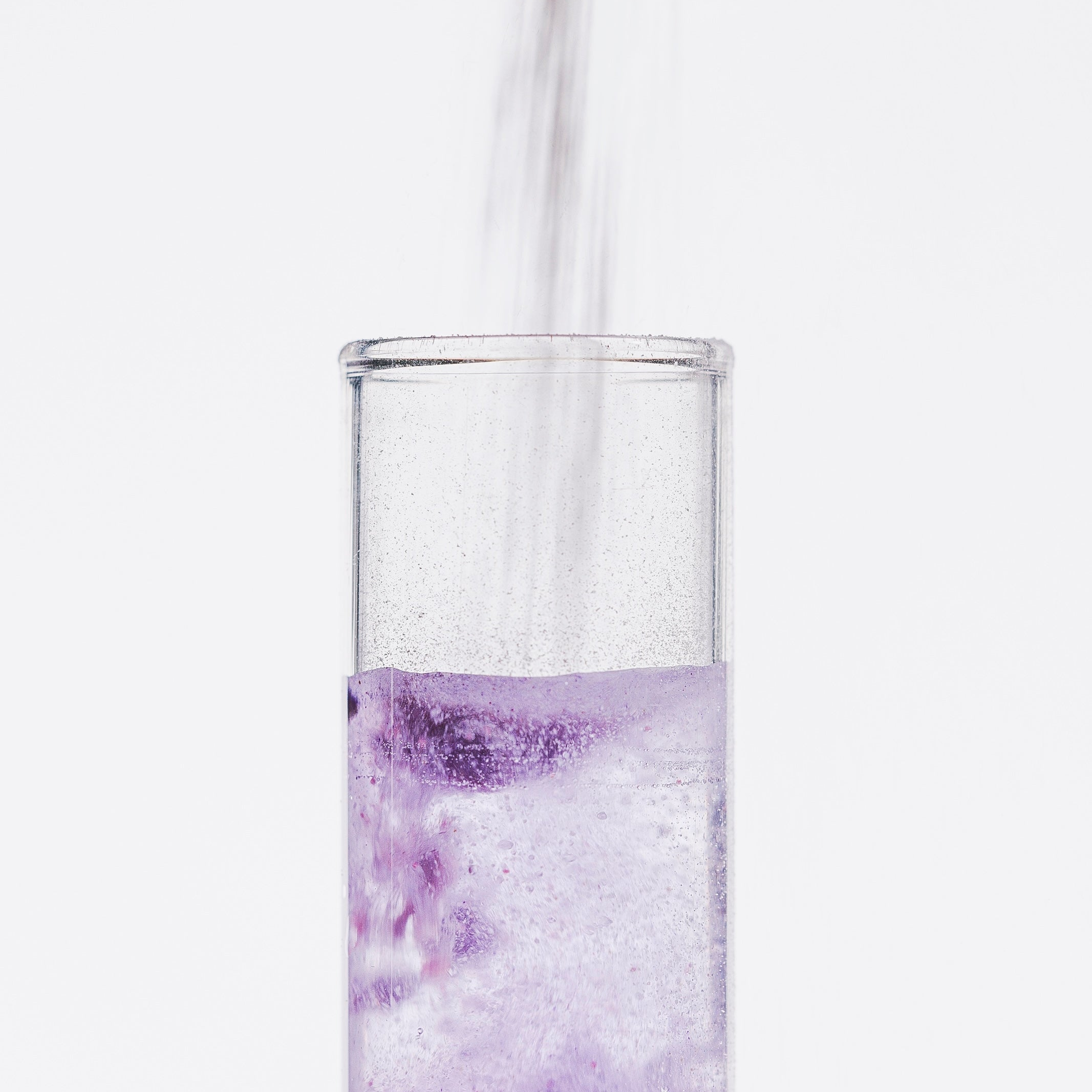Jane Ingram - 21 Sep 2020
Natural sunscreen? Everything you need to know

The sun’s finally shining and spring is in full swing.
Soon enough we’ll be back drinking mojitos by the pool and enjoying sun-dappled picnics outdoors. We can totally hear the sweet sound of sizzling BBQs already!
With more than 2000 Aussies dying from skin cancer each year, and two in three Australians diagnosed with skin cancer by the time they hit 70, we know it's oh so important to stay vigilant.
But with a recent onslaught of not-so-great news regarding the sun and skincare, there’s a major issue we need to talk about right now: how to choose a natural sunscreen that *actually* works!
So what makes a natural sunscreen ‘natural’?
Instead of using a combination of chemicals to absorb harmful UV rays, natural sunscreens use minerals like zinc oxide and titanium dioxide to create a physical barrier on top of your skin, which blocks and reflects away the sunlight.
Natural vs. chemical sunscreen
If you’ve been mindlessly applying sunscreen from your local supermarket for years, maybe it’s time to take a closer look at the chemicals you’re putting on your skin.
Here are some of the key differences between chemical sunscreens and natural sunscreens, and why you might want to make the switch to natural this summer!
Chemical sunscreens penetrate your skin and enter your bloodstream.
Studies show that chemical sunscreens include toxic ingredients that are absorbed into your skin, and can actually be measured in blood samples!
One study even found that the chemical sunscreen ingredient oxybenzone can linger in our bodies for five days after a single sunscreen application! (No thanks!)
In 2018, the US state of Hawaii banned the sale and distribution of chemical sunscreens containing oxybenzone and octinoxate because of their effects on the marine environment. Studies have shown that these ingredients are thought to cause genetic damage to coral and other marine organisms.
So, if oxybenzone and octinoxate can cause harm to coral, then what are they doing to our bodies? (Hint: it's not good - keep reading!).
Some chemical sunscreens are suspected hormone disruptors.
One of the biggest worries with chemical sunscreen is that it might mimic, block or alter your hormone levels in the same way pesticides and other chemicals do.
One study from the Endocrine Society in 2016 reported evidence that many of the ingredients commonly found in sunscreen may interfere with the function of human sperm cells, and some even mimic the effect of the female hormone progesterone.
The EWG also states that high concentrations of oxybenzone in the body may increase your risk of endometriosis and reduce testosterone or block its effects.
Chemical sunscreens may irritate the skin or trigger acne.
For those of you with sensitive skin, we feel you! Natural sunscreens are a great way to minimise a nasty skin reaction.
Chemical SPFs are more likely to trigger contact dermatitis that may cause swelling, rashes, blisters, red bumps and itchy skin. If you suffer from acne, natural sunscreens are also best, with way less comedogenic (aka pore clogging ) ingredients! You can thank us later.
Not all ‘natural’ sunscreens are created equally.
Just because a sunscreen says it contains zinc oxide and titanium dioxide doesn't guarantee it's 100% natural! To be truly natural, the minerals in your sunscreen absolutely can't be coated with chemicals like silicone.
Many sunscreens also boast other skin care benefits like anti-aging ingredients.
Be mindful though, just like any other product - it's best not to believe the hype until you take a good look at the ingredients. For example, vitamin A is often marketed as an impressive anti-aging sunscreen ingredient. But one recent study suggests that retinyl palmitate, a form of vitamin A, may actually speed the growth of cancerous tumours when used on skin exposed to sunlight.
So, now that it’s time to choose, you might be wondering what exactly to look for in your natural sunscreen?
It should include at least 10% zinc oxide or titanium dioxide to make sure the concentration is high enough to block the sun’s UV rays.
The formulation should be absolutely free from chemical preservatives, artificial fragrances or synthetic chemicals, like dioxybenzone, oxybenzone, para-aminobenzoic acid (PABA) and sulisobenzone.
Broad spectrum coverage is a must to protect you from both UVA and UVB rays. Note that *no* sunscreen blocks 100% of UV rays, no matter what the packaging tells you.
A mineral-based cream formulation is best - sprays, powders and towelettes as handy as they are, don’t always provide proper coverage.
That said, we’ll leave you with this - no matter how high the number, all sunscreens protect for the same amount of time. An 80 SPF sunscreen won't protect you for longer than something with an SPF of 15, so make sure you keep reapplying and keep yourself safe this summer.
Article credit :
https://www.news.com.au/national/south-australia/busting-the-myths-and-mistakes-of-applying-sunscreen/news-story/512a686338f1c5ce2ec4473b00005ba2
https://www.smh.com.au/healthcare/why-you-should-always-buy-australian-made-sunscreen-20181117-p50gn6.html
https://www.ncbi.nlm.nih.gov/pmc/articles/PMC2453157/
https://www.bbc.com/news/world-us-canada-43993407
https://www.sciencedaily.com/releases/2016/04/160401111847.htm
https://www.ewg.org/sunscreen/report/the-trouble-with-sunscreen-chemicals/







